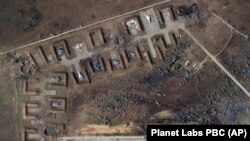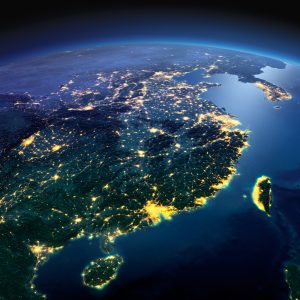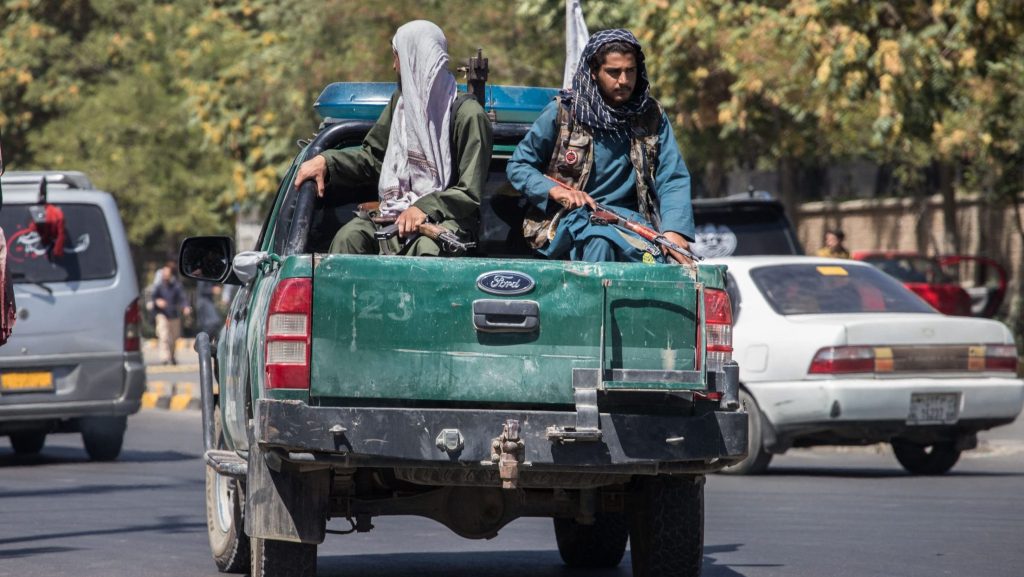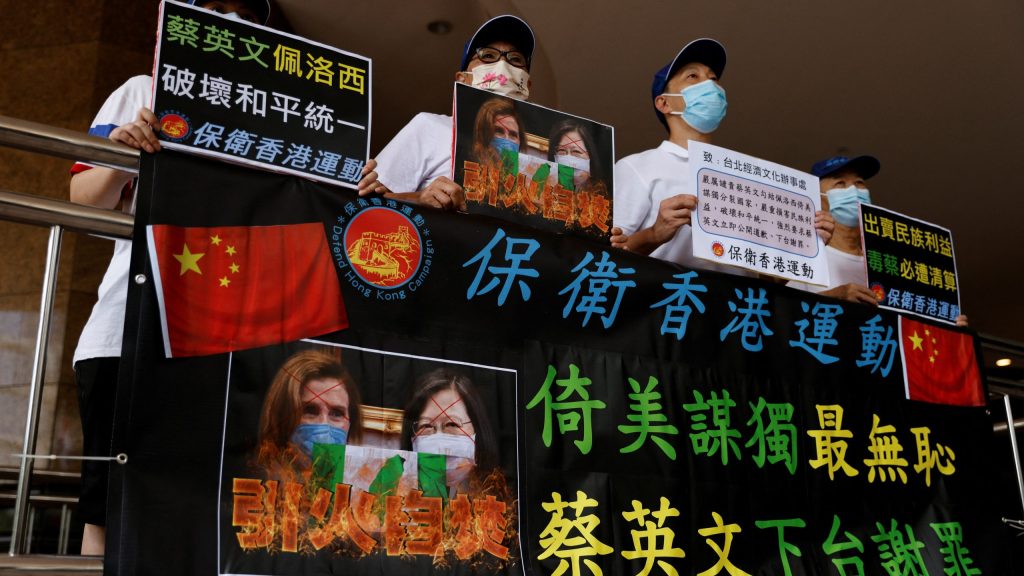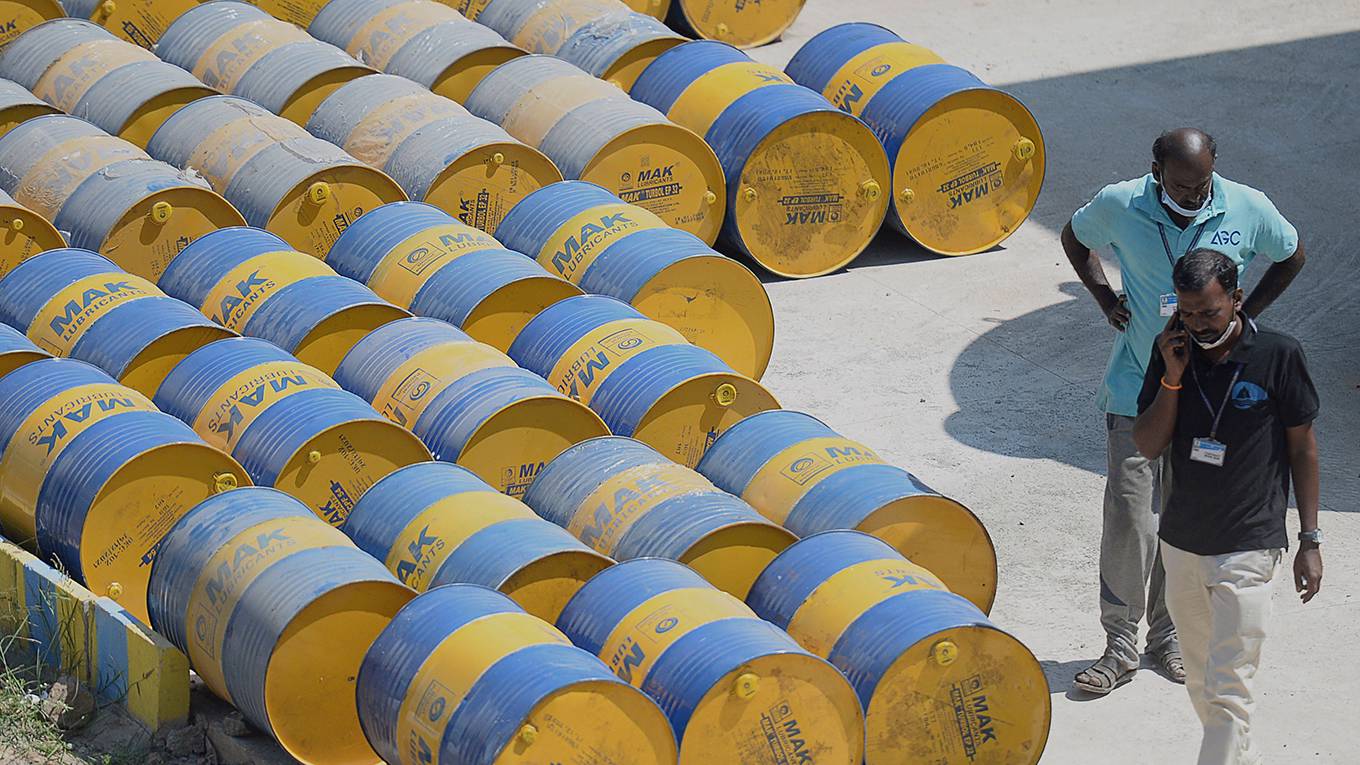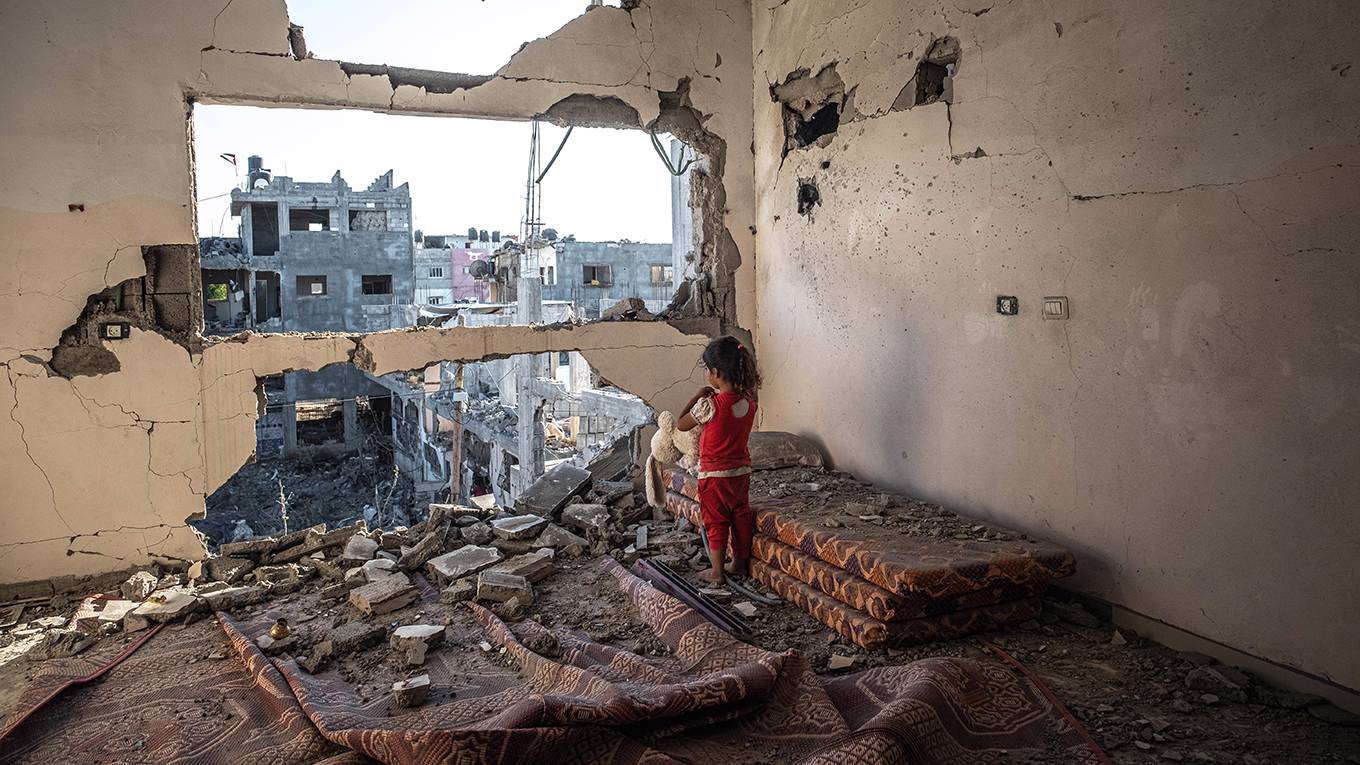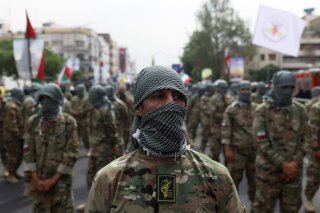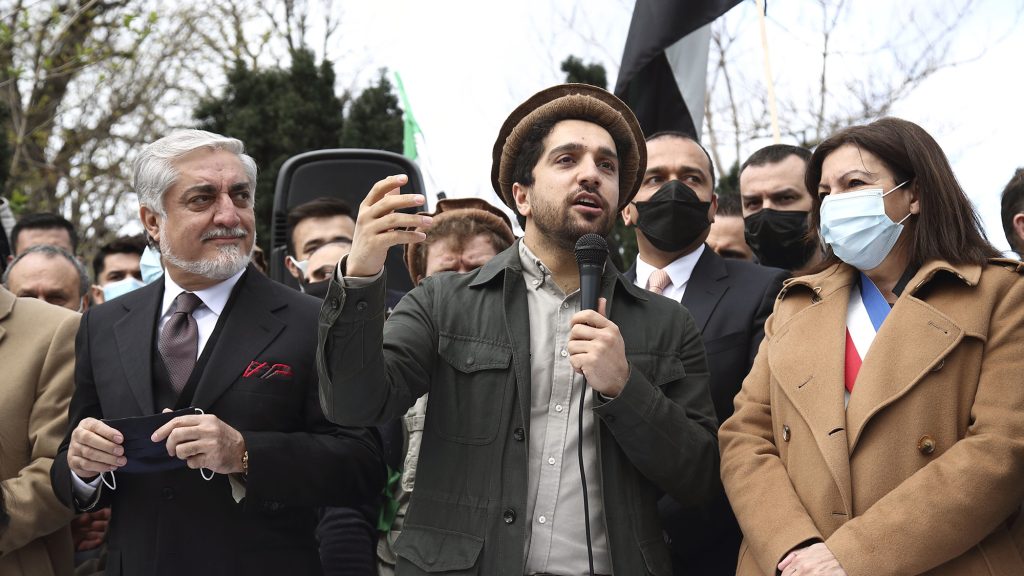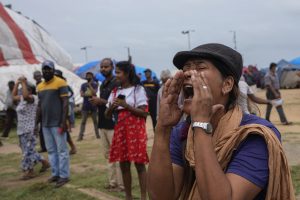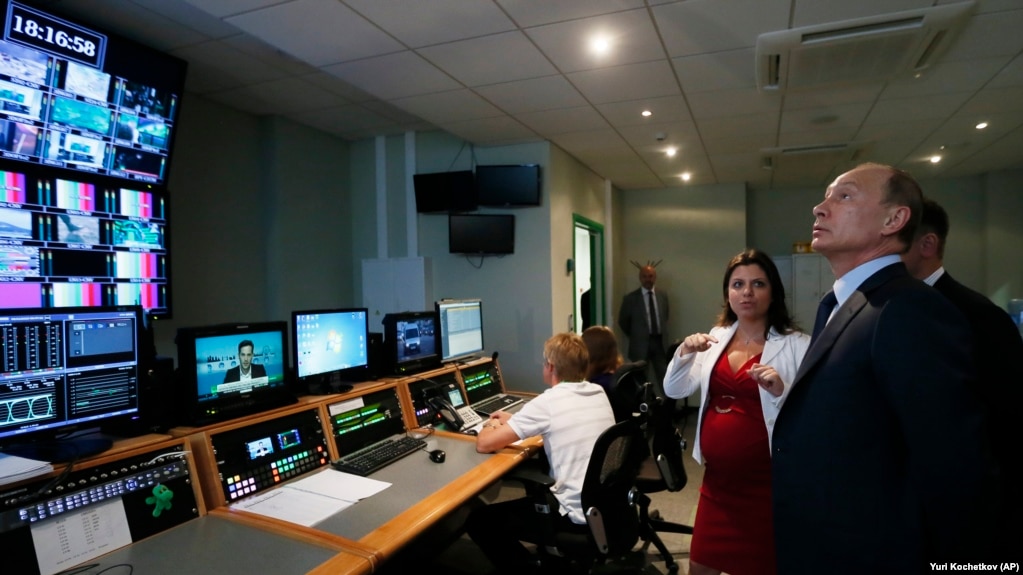
The number of websites spreading Russia-Ukraine disinformation has more than doubled since Russia's unprovoked invasion was launched in late February, says a New York-based group that rates trustworthiness across media.
NewsGuard said on August 9 that its experts have identified 250 websites publishing disinformation related to those two combatant states, versus 116 in March.
It said digital platforms like Google, Twitter, Facebook, and TikTok have imposed "temporary measures in some countries against well-known Russian propaganda outlets such as RT and Sputnik News, after the European Commission prohibited distribution or advertising support for these Kremlin-funded and operated propaganda sites."

